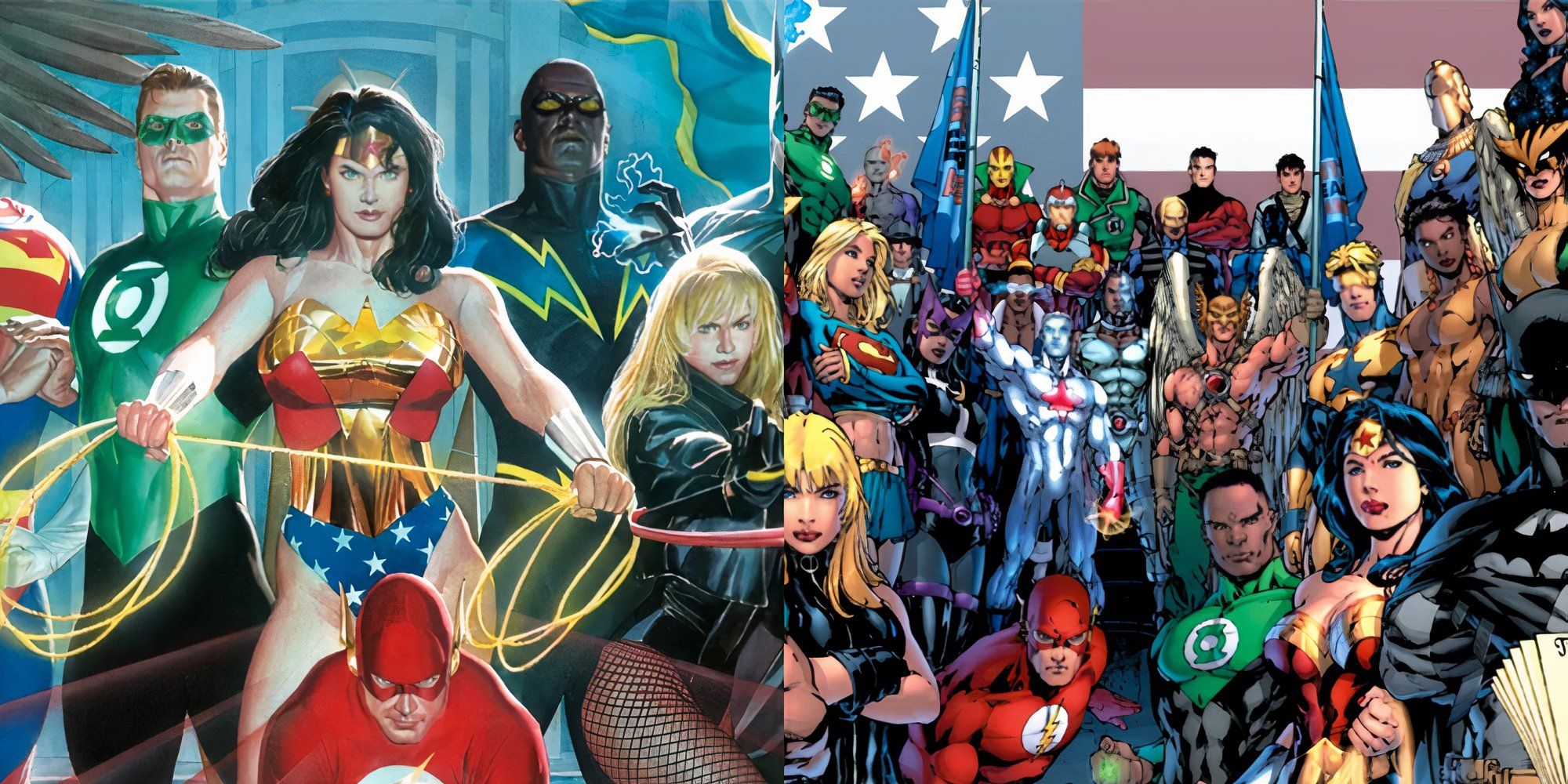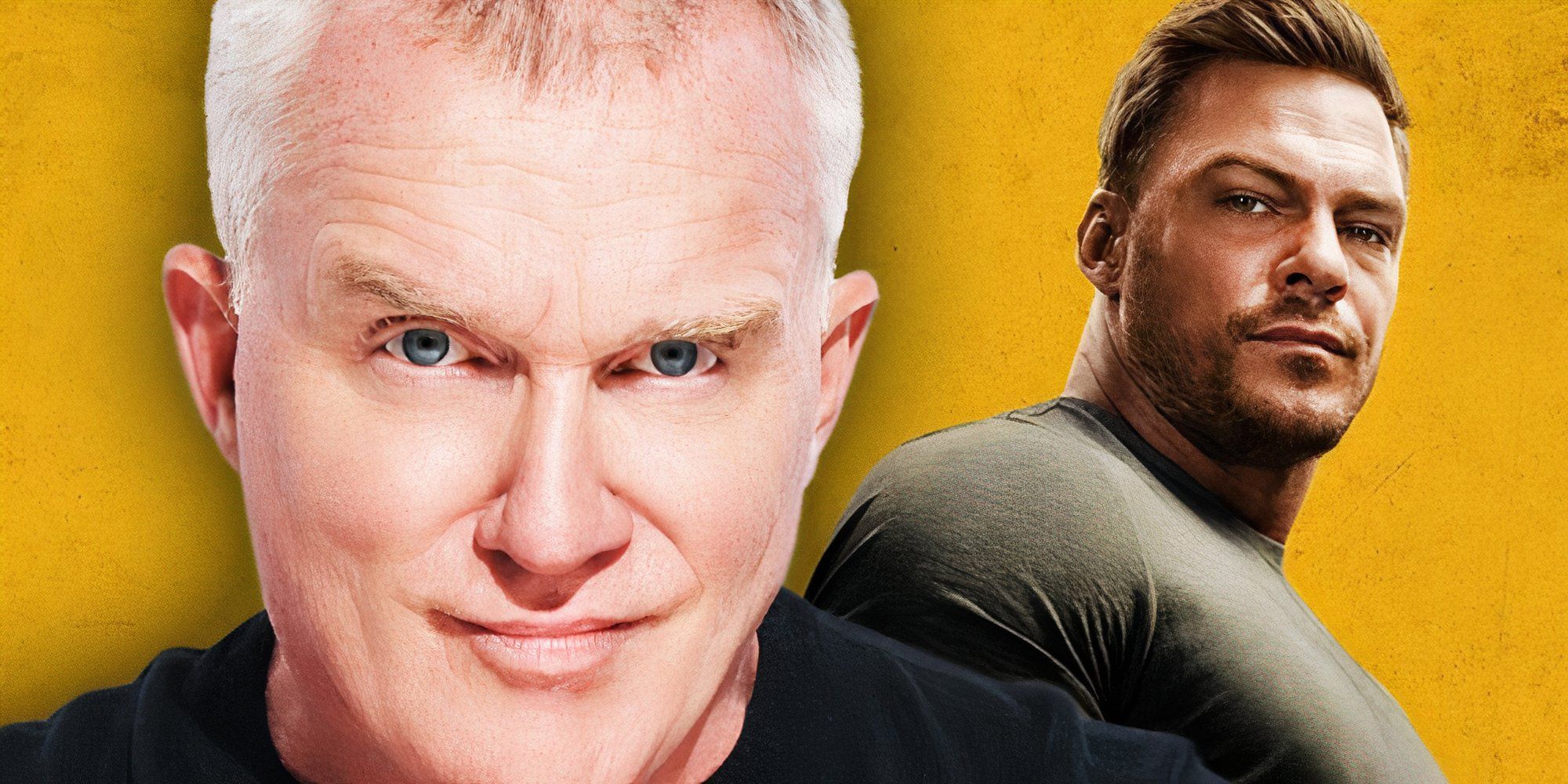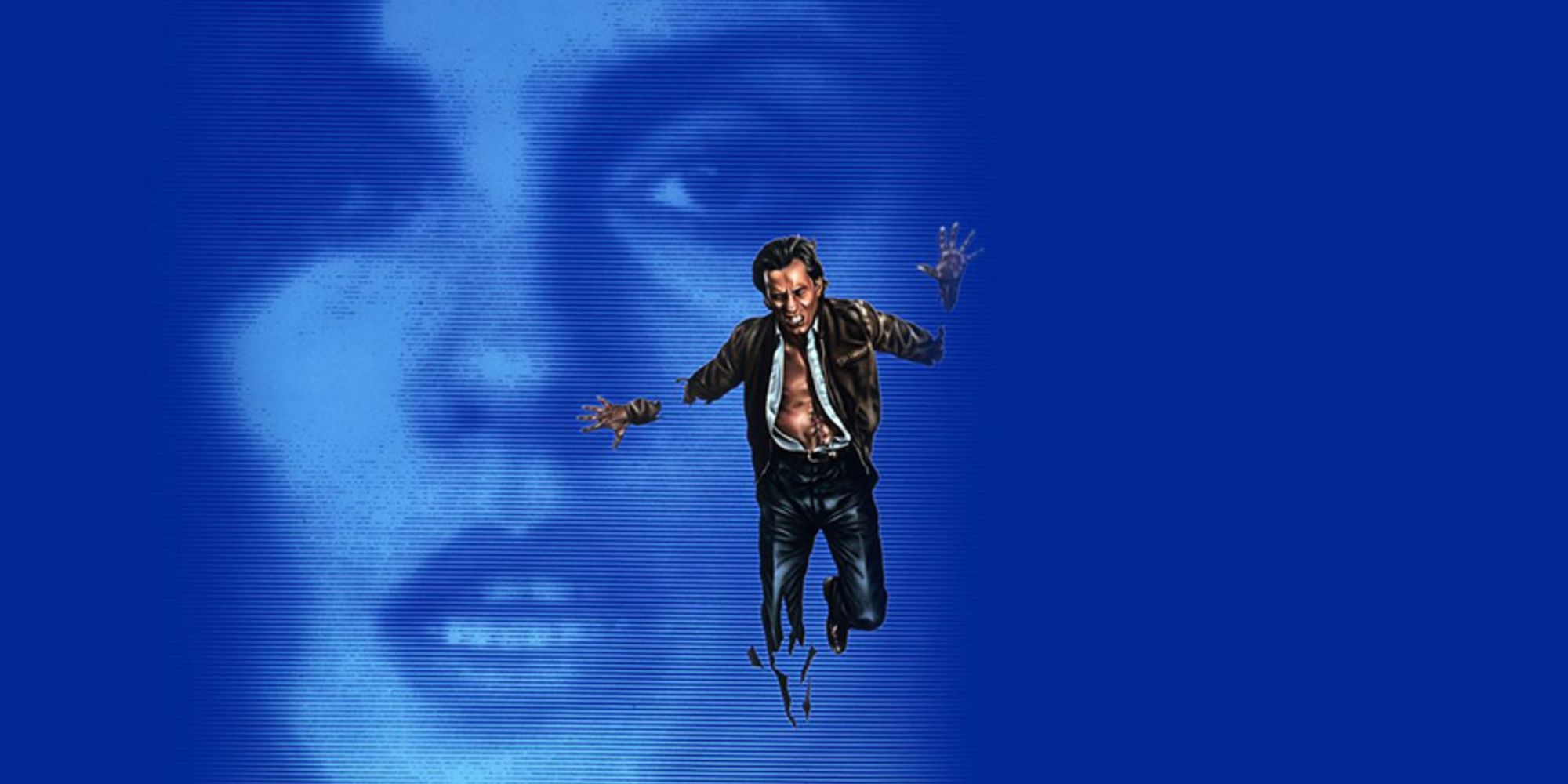Horror can come in so many forms that one terrifying story can bear no resemblance to the entries next to it, despite comfortably occupying the same genre. Some subgenres focus on masked serial killers, others take on larger political themes, but only one chooses to focus on the horrible truth of what's within.
Fans of horror cinema will hear about a lot of different subgenres, some more prolific than others. The boundaries are almost always a bit vague when slicing a genre into even finer groups and there's always a fair amount of crossover, but most know body horror when they see it.
Body horror is the subgenre of horror concerned with the disturbing violation of the basic structure of the human form. Of course, most horror media features unspeakable things done to flesh and bone, but body horror puts special focus on the process and unique meaning behind its effects. Noted film scholar Linda Williams defines it alongside melodrama and pornography as "genres of excess", which exist to evoke extreme emotions. These works seek to poke and prod specific neuroses, causing physiological reactions. Body horror typically pushes the physical form of its subjects to their limits and beyond. Though the visuals can feel like an empty spectacle to the uninitiated, body horror is a subgenre that is prone to social commentary. At least in the good examples, the visceral disgust put forth by this unique subgenre is rarely without purpose.
The key to differentiating one subgenre of horror from another is determining what about it is the scary part. The villain of a slasher film might hack their victim to death with a kitchen knife. The abomination from a monster movie might eat its prey like a wild animal. The esoteric elder thing in a cosmic horror story might corrupt the mind of all that perceives it, leaving them mad. Body horror is about the human body being transformed beyond its natural limits. This is rarely a result of direct violence, it's not about injury or bloodshed. Instead, body horror is about disease, mutilation, invasion, and corruption from within. Parasites that warp their hosts, tumors that rot their suffering victim from within, or innocent people transformed into something else entirely by unethical tampering. The genre has a long and rich history featuring several interesting and strange entries.
Arguably, the first example of body horror was Mary Shelly's Frankenstein, which saw a med school dropout violate the peace of the human body to create a living being from disinterred corpses. The work that founded science fiction also served as an introduction to much of the theming of the body horror subgenre. The next century gave the world Franz Kafka's seminal 1915 work The Metamorphosis. The tale of mild-mannered salesman Gregor Samsa who wakes up one morning transformed inexplicably into a massive insect skips the most common aspect of body horror to go straight to the heart of the matter. Most modern incarnations would give the audience a long visceral depiction of Samsa's body changing, but Kafka gets straight to the social implications of his new form. Body horror may have some origins in literature, but it's much better suited for a visual medium.
The term body horror was coined by Australian writer Phillip Brophy in 1983 to describe a then-burgeoning movement in cinema. It was codified then as now by the works of one David Cronenberg. Those seeking a quick crash course in body horror could probably just grab one of his films at random and come away with a solid understanding of the subgenre. Shivers, Rabid, The Brood, Scanners, Videodrome, The Fly, Crash, eXistenZ, Crimes of the Future, so many of the most iconic and respected works in the subgenre have his name attached. His name is interchangeable with the concept. The term "Cronenbergian" follows body horror more often than it doesn't. He didn't invent the concept, but he codified it, and he's still working in it today. His influence can be felt on modern filmmakers like Julia Ducournau in her films Raw and Titane and his own son Brandon's outstanding 2020 feature Possessor.
Body horror is often packed with subtext that can be as difficult to ignore as its visuals. Common themes include the fear of intimacy, the limits of humanity, the importance of perception, the effects of media, and the difficulties of identity. Technically, every horror story about a werewolf or a zombie is a piece of body horror, but the focus is really what makes the difference. Body horror demands its audience to ask what we are if we're forced to change. What can we become if we're allowed to grow unchallenged? What can go wrong if we decide to play god? It's the Ship of Theseus applied to the human form. How does the body affect the soul? How much of it can be rendered unrecognizable before we cease to be human and become something else? There's only one subgenre of horror that will address those questions and render the audience disgusted simultaneously.
MORE: Spring: Benson And Moorhead's Bizarre Beautiful Body Horror Romance






